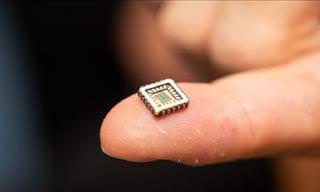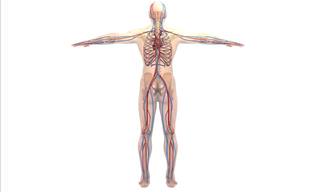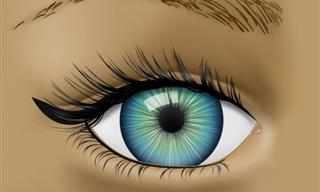3-D printers are a relatively new mechanism that allows users to print out three-dimensional objects using a virtual design of the intended object to be created. These objects can be of a variety of natures, such as common household tools or sculptures. To date, 3-4 printers have been modified for use in medicine to create prosthetic limbs, pharmaceuticals, equipment, and even ear cartilage and ceramic scaffolds for strengthening bones. However, doctors at Tel Aviv University have found an incredible new use for 3-D printers that could change the future of medicine. These experts have successfully printed a heart from human tissue!
The Study
According to the study, which was published in Volume 6, Issue 11 of the Journal of Advanced Science, on 15th April 2019, while 3-D printers have been used in the past to print the structure of the human heart alone, these structures were previously void of any blood vessels or blood cells whatsoever. The study overcame this previous obstacle, and in a marvelous achievement and as best explained by the Lead Researcher of the project, Professor Tal Dvir, “This is the first time anyone anywhere has successfully engineered and printed an entire heart replete with cells, blood vessels, ventricles, and chambers.”
This process used personalized fatty tissue from actual human beings, which were reprogrammed into stem cells that then began to differentiate themselves as endothelial cells, which make up the blood vessels lining, along with cardiac cells. As these cells begin to develop, the process was spurred further by the use of 3-D biomaterials to create the entirety of this heart.
The Need
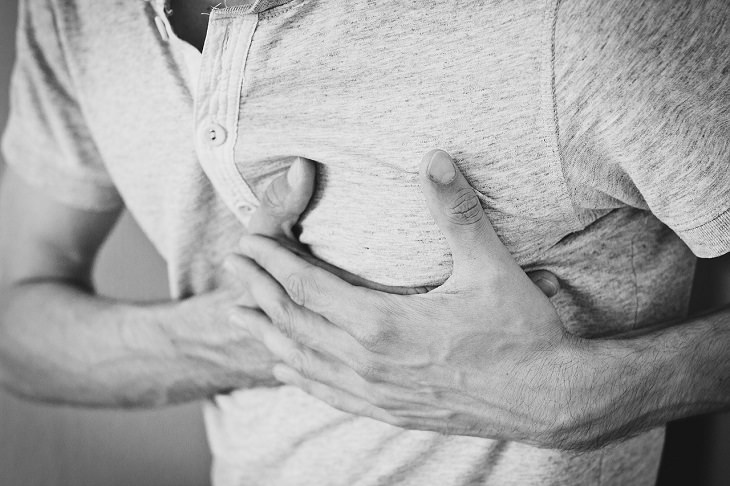
According to the World Health Organization, cardiovascular disease is one of the leading causes of death across the world. Due to huge waiting lists in place, transplants are only granted in severe cases. Further, these transplants are heavily reliant on donations which remain few and far between. It is this need that inspired the team of researchers to look into the possibility of using 3-D printers for such a purpose.
The Outcome
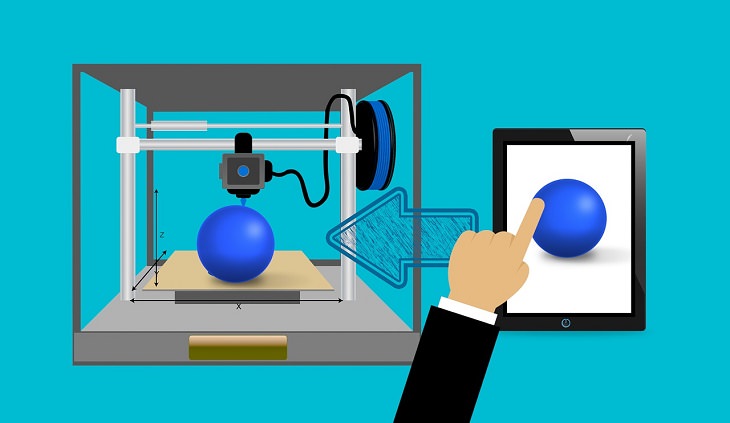
The heart produced shows incredible progress in the use of 3-D printers to replicate and create working organs, though much work is still required. The heart in question is extremely small, approximately the size of a rabbit’s heart and therefore not viable for human use. This heart, printed by the team at hand is also, at the time being, a semi-functioning heart, with all cells currently maintaining the ability to contract regularly, as an ordinary heart would.
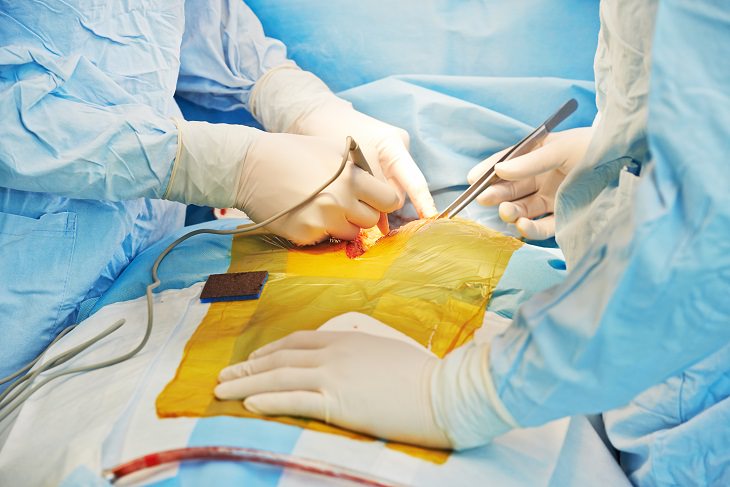
However, the scientists are still hard at work to make the heart fully-functional, with the ever-important ability to pump blood, one of the major functions of this organ. The study itself documented carefully the process of creating the heart itself, with active functioning cells, created from true human tissue, as opposed to a simple structure, void of any cellular activity. The follow-up to this study, once the heart has been stimulated to pump blood as required, will be to transplant the heart into an animal. This will allow the researchers to better understand how the printed heart will interact with other cells and tissue in the body as well as how the organ will react to the transplant operation itself.
Looking to the future
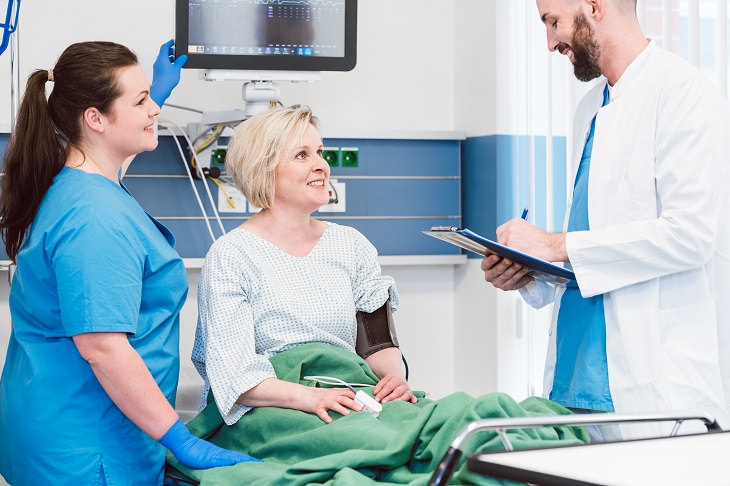
While there are many steps and experiments still left to make 3-D organs a viable regular option for patients in need of transplants, thanks to the work of Professor Tal Dvir and his team at Tel Aviv University, there is a good hope that we are seeing the dawn of a new age coming in the near future. Once viable, this technology will successfully save the lives of hundreds of thousands of people. The researchers, alongside their current research into the effect of the printed heart on animals, also continue to look for methods to allow them to print hearts to scale, in the requisite size for humans as well as a variety of animals. Let's hope they achieve more breakthroughs soon.
 Go to BabaMail
Go to BabaMail










